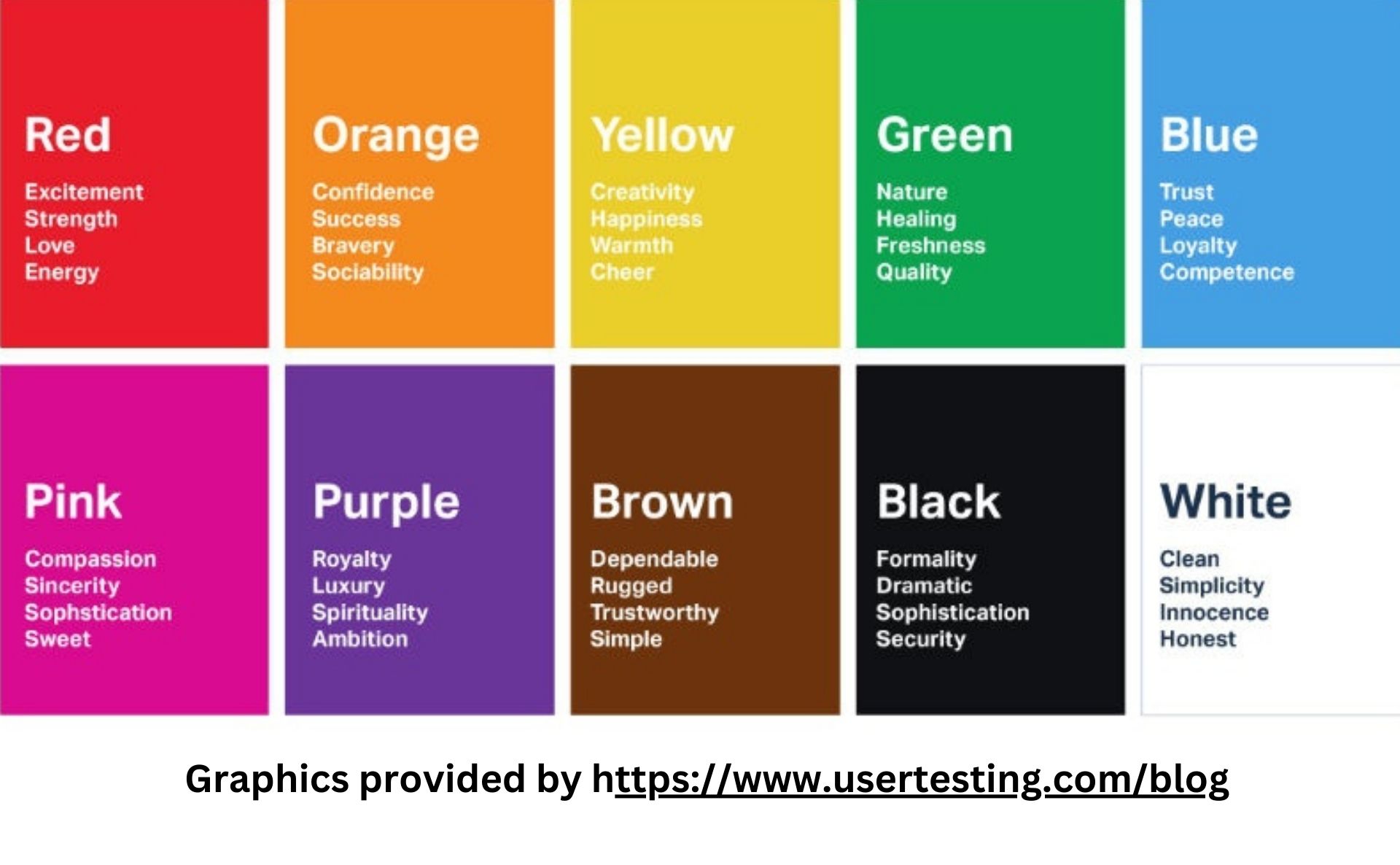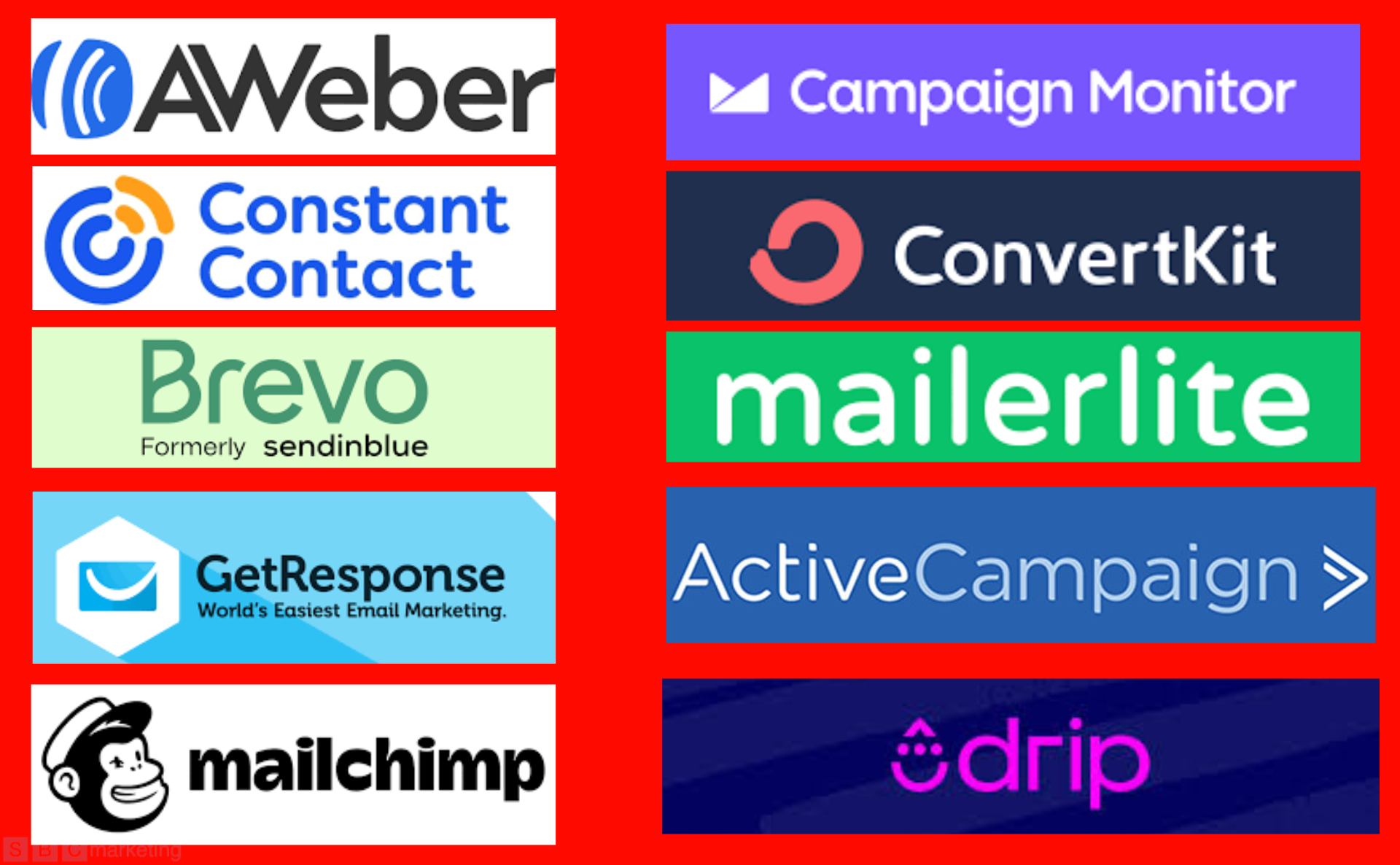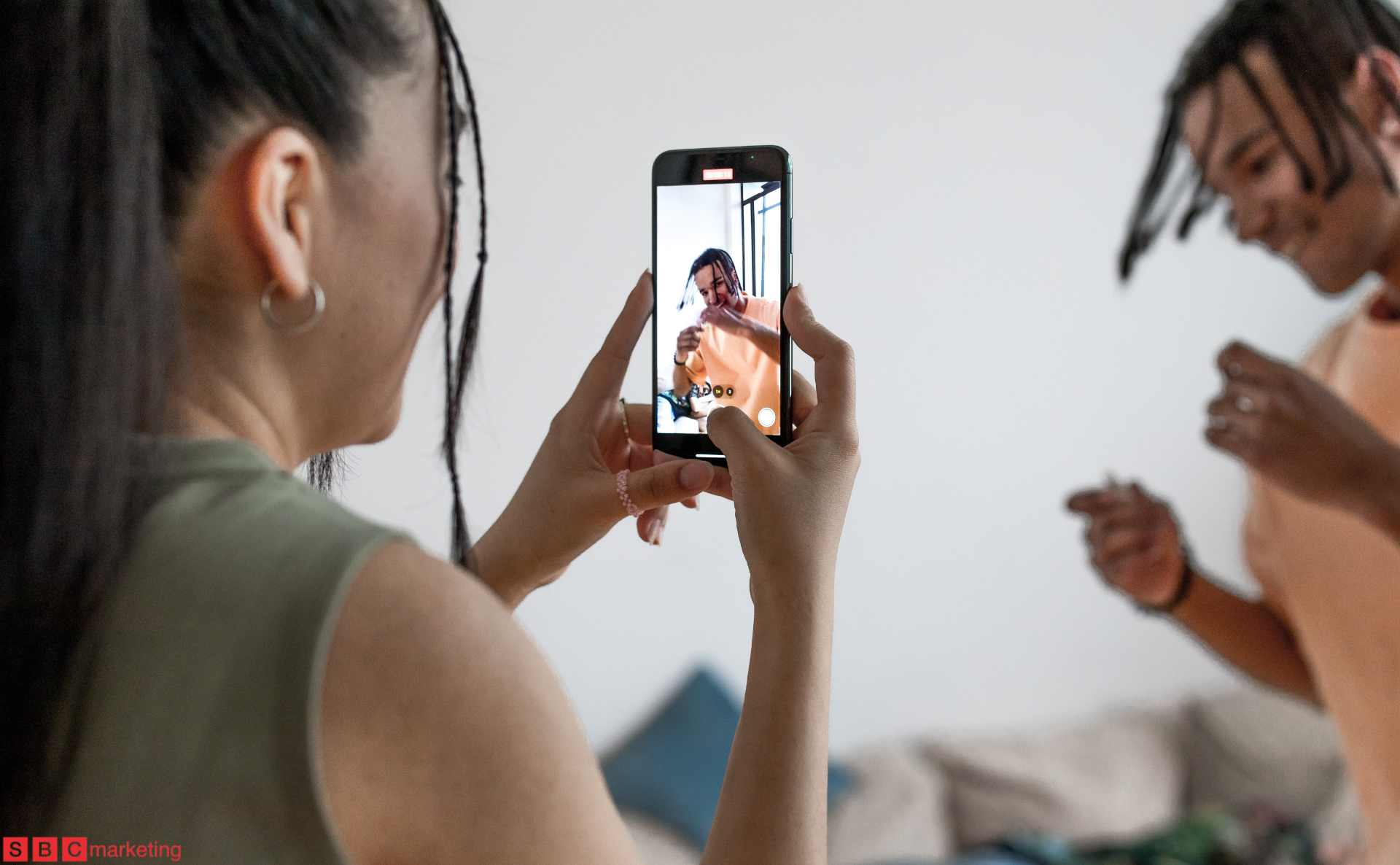Understanding the psychology of colors in advertising and marketing can indeed be a powerful tool in influencing consumer behavior. Let’s break down each color and its associated psychological effects:
Understanding the Psychology of Colors: Black – Black exudes sophistication and power, often used in advertising to create an aura of elegance and exclusivity. Understanding the psychology of colors helps marketers use black to establish a premium brand identity. However, it’s crucial to balance black with lighter tones to prevent it from overpowering the design and evoking negative feelings.
Understanding the Psychology of Colors: Blue – Blue’s calming and trustworthy qualities make it a favorite in corporate branding. By understanding the psychology of colors, marketers can effectively use blue to promote stability and confidence, encouraging trust in their brand. However, to prevent a design from feeling too cold or impersonal, it’s often paired with warmer hues.
Understanding the Psychology of Colors: Brown – Brown communicates reliability and earthiness, suitable for brands that want to appear grounded and trustworthy. The psychology of colors teaches that brown, while subtle, can effectively appeal to eco-conscious consumers or those valuing durability and stability.
Understanding the Psychology of Colors: Gray – Gray symbolizes neutrality and professionalism. Marketers who understand the psychology of colors use gray to provide a balanced backdrop that enhances other elements in advertising materials, though it’s vital to introduce dynamic shapes or colors to avoid a dull presentation.
Understanding the Psychology of Colors: Green – Green, associated with nature and renewal, is perfect for brands emphasizing health and eco-friendliness. The strategic use of green, guided by the psychology of colors, can foster a connection with environmentally aware consumers, promoting a sense of peace and growth.
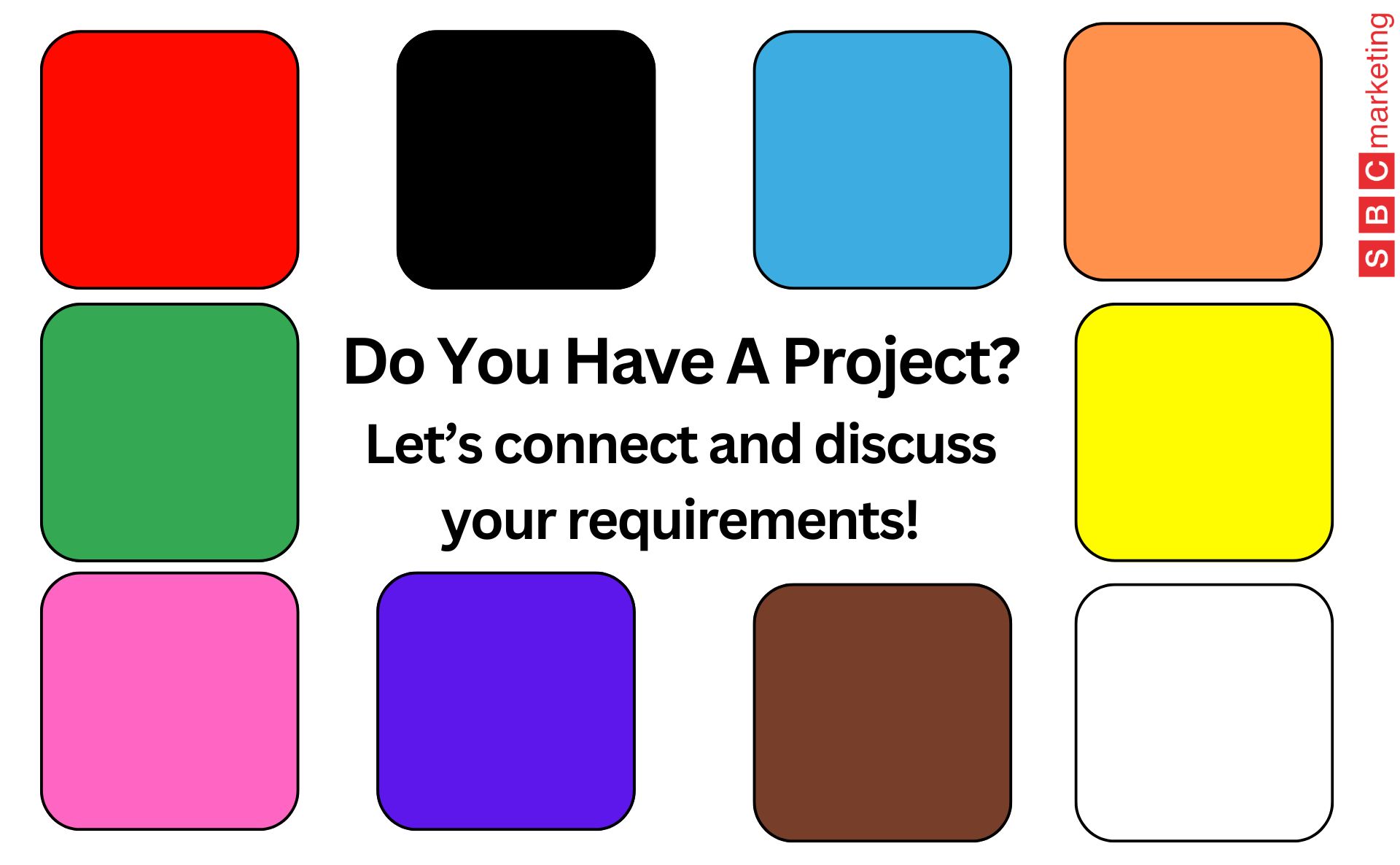
psychology-of-colors
Understanding the Psychology of Colors: Orange – The vibrant, energetic nature of orange makes it an excellent choice for capturing attention and evoking enthusiasm. Understanding the psychology of colors allows marketers to use orange judiciously to highlight key marketing messages without overwhelming the audience.
Understanding the Psychology of Colors: Pink – Pink varies from playful to refined, depending on the shade. Its use in marketing, influenced by the psychology of colors, can target various demographics by evoking feelings ranging from gentle comfort to vibrant energy, especially in markets focused on beauty and health.
Understanding the Psychology of Colors: Purple – Purple’s associations with luxury and sophistication make it ideal for branding high-end products. Through the lens of color psychology, purple can add a touch of elegance and exclusivity to marketing efforts, appealing to consumers looking for premium experiences.
Understanding the Psychology of Colors: Red – Red’s ability to command attention and stimulate emotions like passion and urgency is unparalleled. By understanding the psychology of colors, marketers can harness red’s power to incite immediate responses, such as quick purchases or prompt reactions to sales promotions.
Understanding the Psychology of Colors: White – White denotes cleanliness and simplicity, often used to create a sense of space and openness. With an understanding of the psychology of colors, white can be effectively used to convey clarity and purity, ideal for health-focused or minimalist brands.
Understanding the Psychology of Colors: Yellow – Yellow, the epitome of cheer and attention-grabbing energy, is used to highlight important features and create a sense of optimism. Marketers who grasp the psychology of colors can leverage yellow to enhance visibility and evoke a positive, energetic atmosphere.
By deeply understanding the psychology of colors, marketers can strategically apply this knowledge to craft visually compelling campaigns that resonate emotionally with consumers, leading to more effective communication and enhanced brand loyalty.
Each of these colors, when used wisely, can help convey a message, invoke a feeling, or prompt an action beneficial to marketing goals. Understanding the nuances of color psychology can greatly benefit marketers in crafting campaigns that resonate more profoundly with their audiences.
Now that you understand the impact of colors in marketing, it’s time to put this knowledge into action for your business. At SBC Marketing London, we specialize in crafting tailored marketing strategies that leverage the psychology of colors to maximize your brand’s impact and drive results. Whether you’re revamping your brand identity or launching a new campaign, let us help you make a memorable impression on your audience. Reach out to us today to learn more and elevate your marketing efforts.
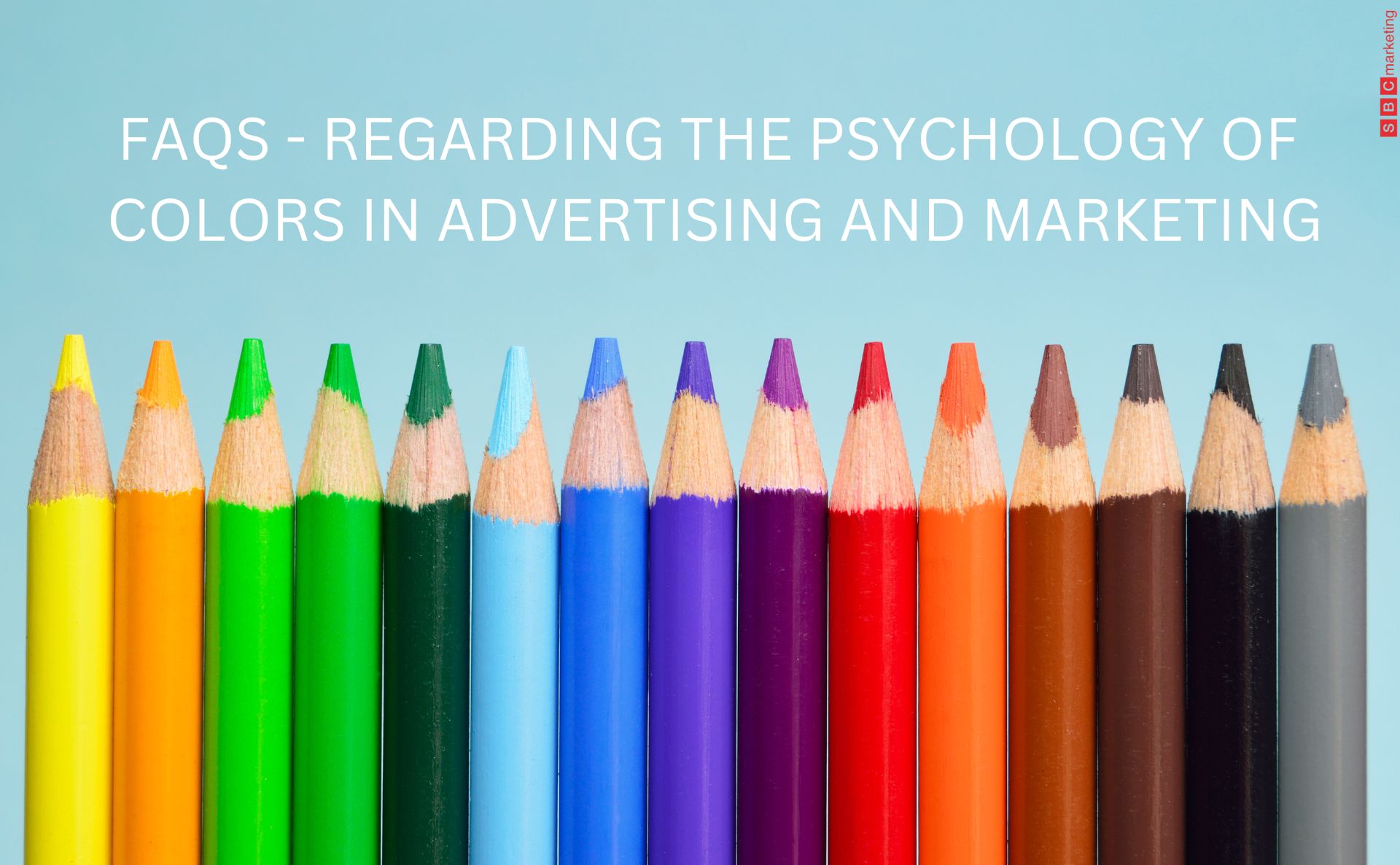
FAQ the-psychology-of-colors-in-advertising-and-marketing
FAQs on The Psychology of Colors in Advertising and Marketing:
- Why is it crucial to understand color psychology in marketing?
Understanding color psychology helps marketers influence consumer perceptions and behaviors more effectively, creating memorable and impactful brand experiences. - How do colors affect consumer emotions and decision-making?
Colors can evoke specific emotions and associations, influencing how consumers feel about and react to a brand, ultimately affecting their purchasing decisions. - What role does color psychology play in branding?
Colors are integral in expressing a brand’s identity and values, helping to establish a recognizable and relatable image for consumers. - How should colors be chosen for a brand?
Color choices should consider the brand’s personality, target audience, and cultural implications, with testing to ensure they resonate as intended. - Do colors mean different things in different cultures?
Yes, colors can have varying meanings across cultures, which is crucial to consider in international marketing to avoid misinterpretations. - How can color psychology improve website usability?
Employing the right colors can enhance website design by improving readability, navigation, and overall user experience. - Are there universally appealing colors?
Some colors, like blue and green, generally receive positive responses due to their calming and stable connotations across various demographics. - Can colors influence the perceived value of products?
Certain colors can make products appear more luxurious or budget-friendly, influencing consumer willingness to spend. - How can I use color psychology to stand out from competitors?
Differentiating with unique color schemes can help create a distinct brand identity that captures attention and remains memorable. - Are there industry-specific color trends?
Yes, specific colors are favored in certain industries based on the typical consumer response and industry standards. - What are common color psychology mistakes in marketing?
Overlooking the target audience’s preferences, misusing intense colors, or ignoring cultural implications can lead to ineffective marketing.
